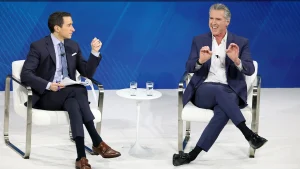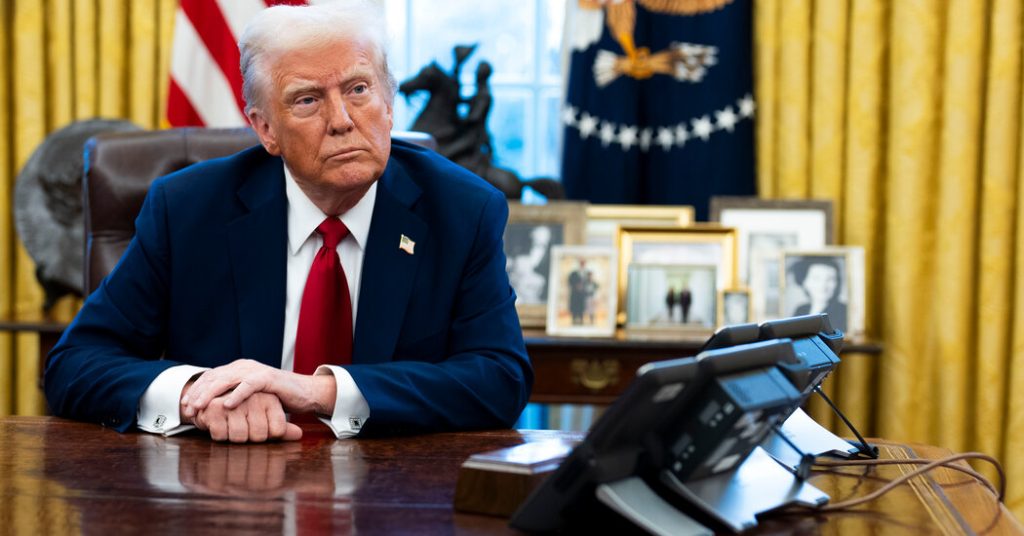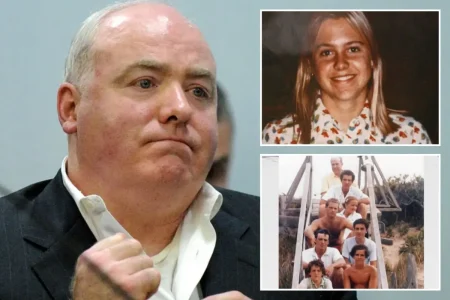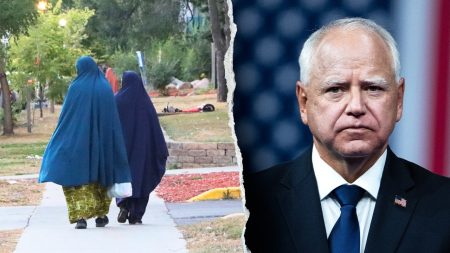Judge McConnell’s recent order presents a nuanced legal landscape concerning the Trump administration’s attempts to defund specific programs deemed undesirable. The order doesn’t entirely halt the administration’s ongoing review process, but it significantly restricts its ability to withhold funds from programs in the 22 states (plus the District of Columbia) that initiated the lawsuit. This effectively creates a two-tiered system: Democratic-led states that challenged the administration’s actions will continue to receive federal funding for the targeted programs, while Republican-led states that did not join the lawsuit remain vulnerable to potential funding cuts. This bifurcation raises concerns about equitable distribution of resources and the potential for political motivations to influence funding decisions.
The crux of the legal dispute revolves around the executive branch’s authority to withhold funds appropriated by Congress. The Trump administration, through a series of executive orders, has mandated reviews of various federal programs, establishing criteria, often vaguely defined, for their continued funding. These criteria range from concrete measures, such as penalizing sanctuary cities and eliminating electric vehicle subsidies, to more abstract concepts like combating “infiltration” of diversity and inclusion initiatives and countering the teaching of “subversive” ideologies in schools. The lack of clarity and specificity in some of these criteria has raised concerns about potential overreach and the targeting of programs based on political considerations rather than objective evaluations.
The legal precedent for this type of dispute dates back to a 1975 Supreme Court case involving President Nixon and the Federal Water Pollution Control Act. In that case, the Supreme Court ruled against Nixon’s attempt to withhold congressionally appropriated funds for sewage treatment in various cities. This established a key principle: the executive branch cannot unilaterally impound or withhold funds allocated by Congress, thereby affirming the power of the purse residing with the legislative branch. Judge McConnell’s order appears to echo this principle, limiting the Trump administration’s ability to defund programs in the plaintiff states without congressional authorization.
The states challenging the administration’s actions argue that the executive orders create chaos and sow confusion. They contend that the vaguely defined criteria for defunding programs, coupled with the threat of funding cuts, disrupt the effective implementation of crucial services and create uncertainty for beneficiaries. They further assert that the administration is attempting to circumvent the will of Congress by using executive orders to effectively rewrite legislation and redirect funds away from programs it disfavors. This raises fundamental questions about the separation of powers and the appropriate balance between executive discretion and congressional authority.
The Trump administration’s rationale for its actions likely centers on its executive authority to oversee and manage the execution of federal programs. It might argue that the reviews are necessary to ensure efficient use of taxpayer dollars and to eliminate programs deemed ineffective or ideologically objectionable. However, the lack of specific, measurable criteria in some of the executive orders opens the door to criticisms of political bias and arbitrary decision-making. Furthermore, the administration’s actions could be interpreted as an attempt to bypass the established legislative process for appropriating and allocating federal funds.
The long-term implications of this legal battle extend beyond the immediate impact on the targeted programs. The outcome could significantly shape the balance of power between the executive and legislative branches concerning budgetary matters. If the Trump administration’s approach were upheld, it could potentially empower future presidents to redirect congressionally appropriated funds based on their own policy preferences, effectively circumventing the legislative process. Conversely, a ruling in favor of the plaintiff states would reaffirm the principle of congressional control over the purse and limit the executive branch’s ability to unilaterally defund programs. This case, therefore, has broader constitutional implications beyond the specific programs under review. It touches on fundamental questions of governance, the separation of powers, and the proper role of the executive branch in implementing congressionally enacted legislation.










